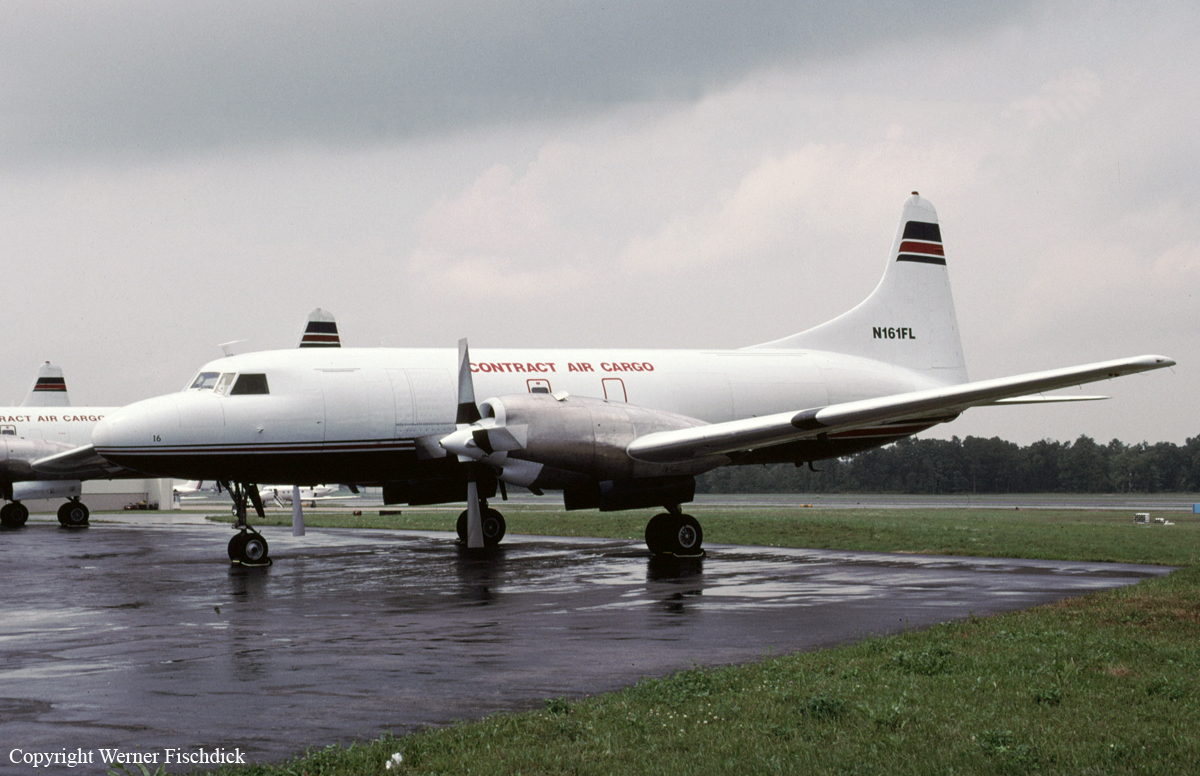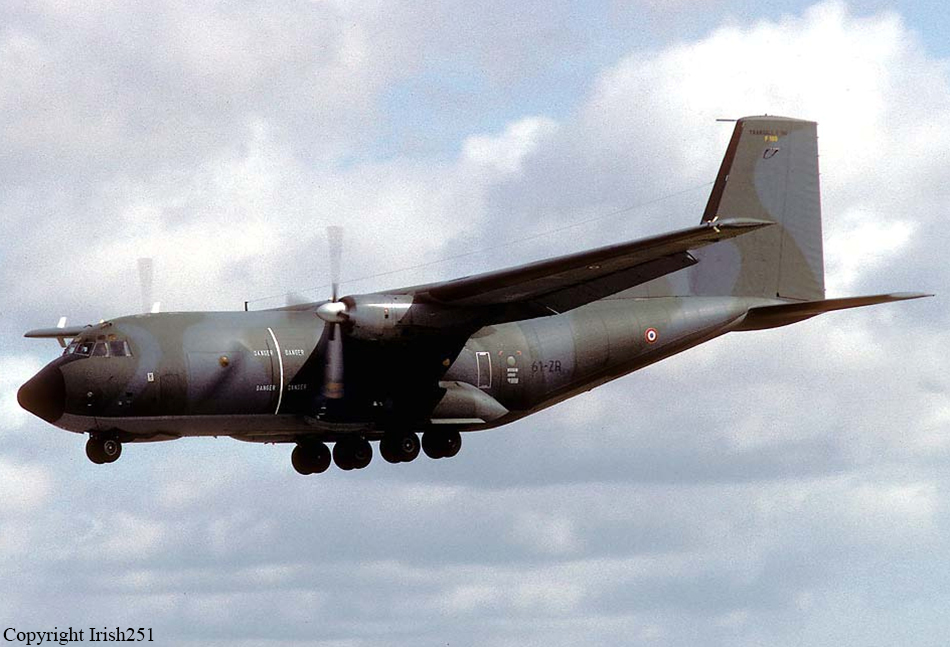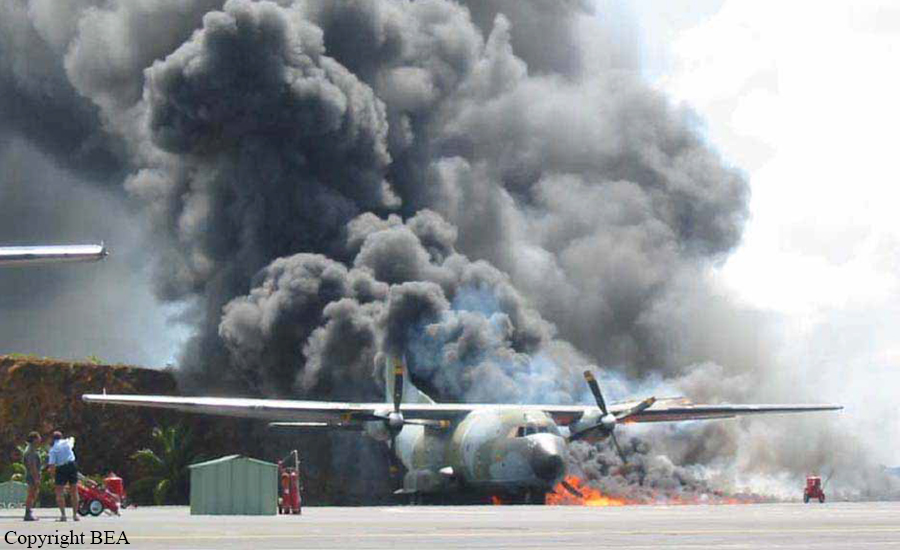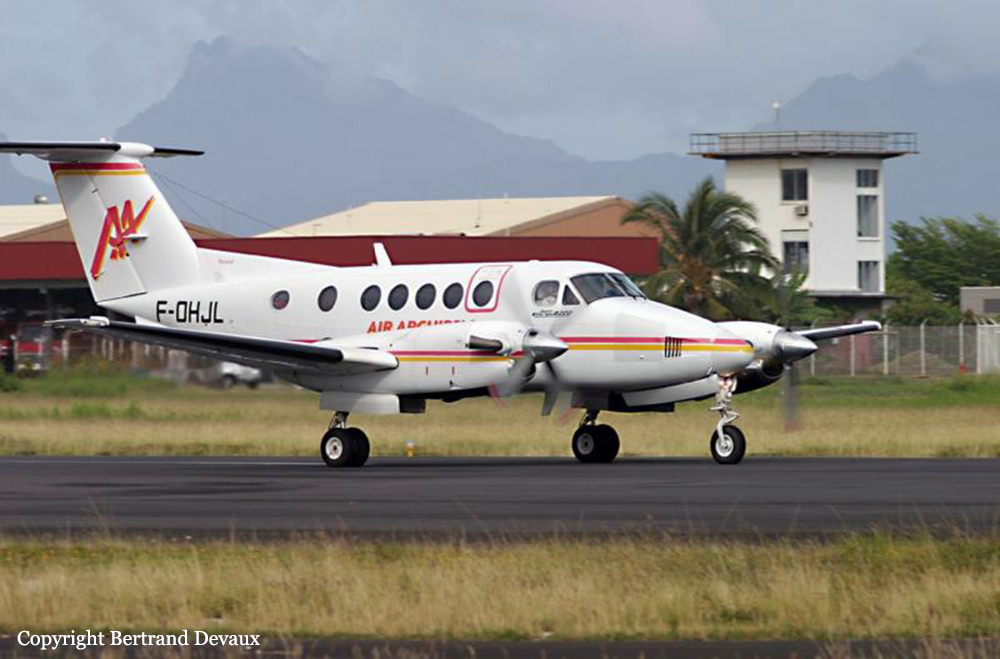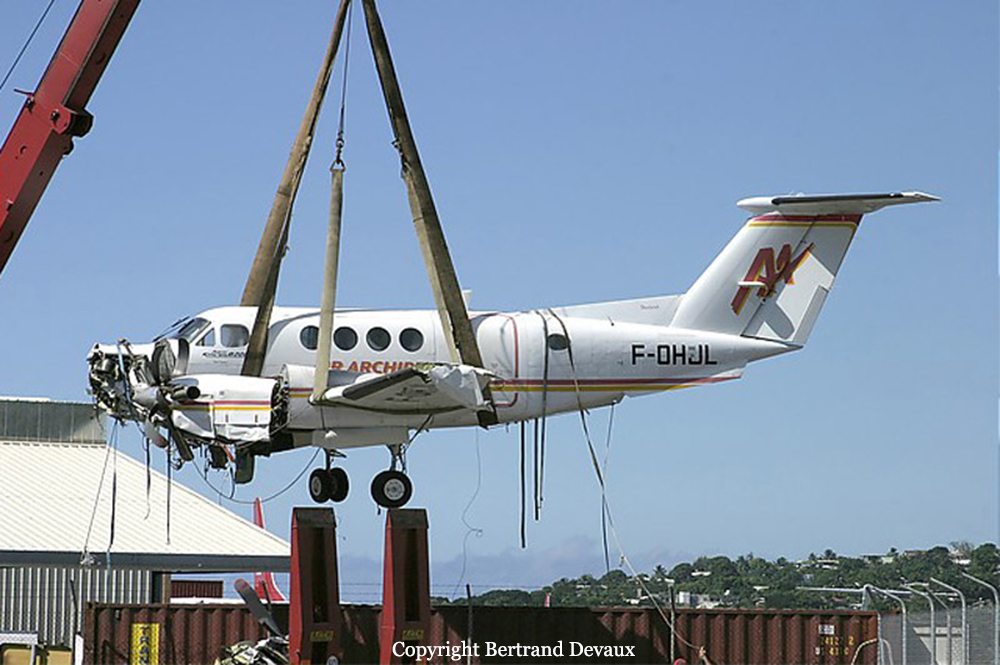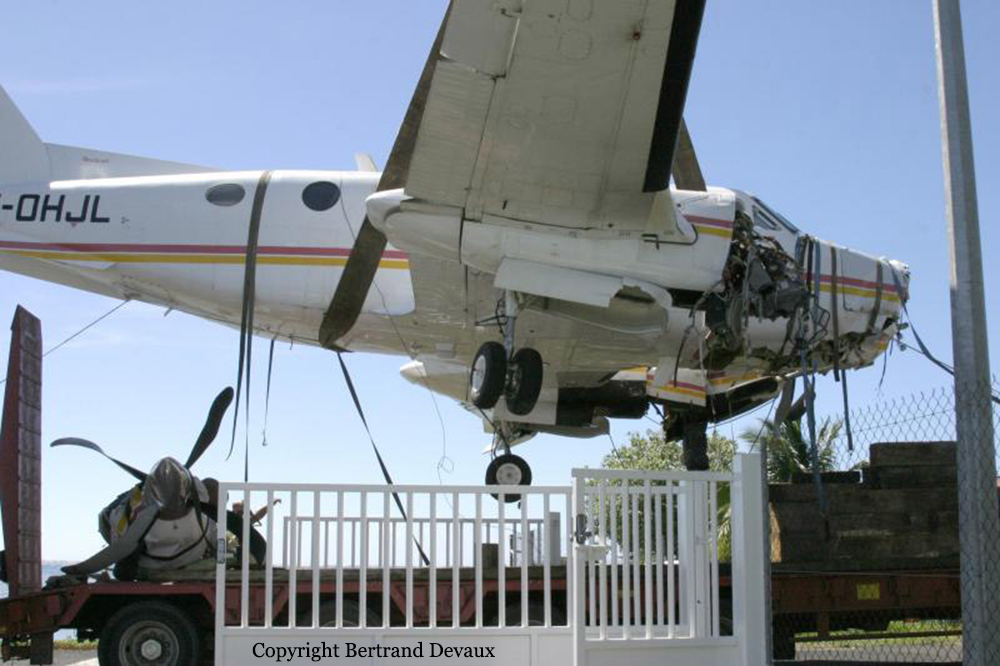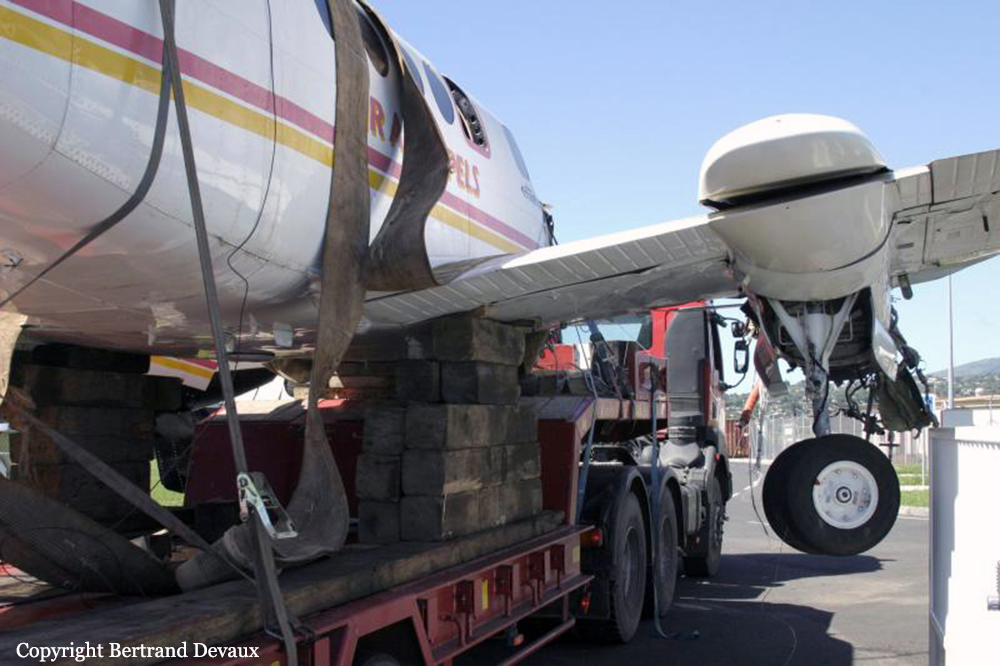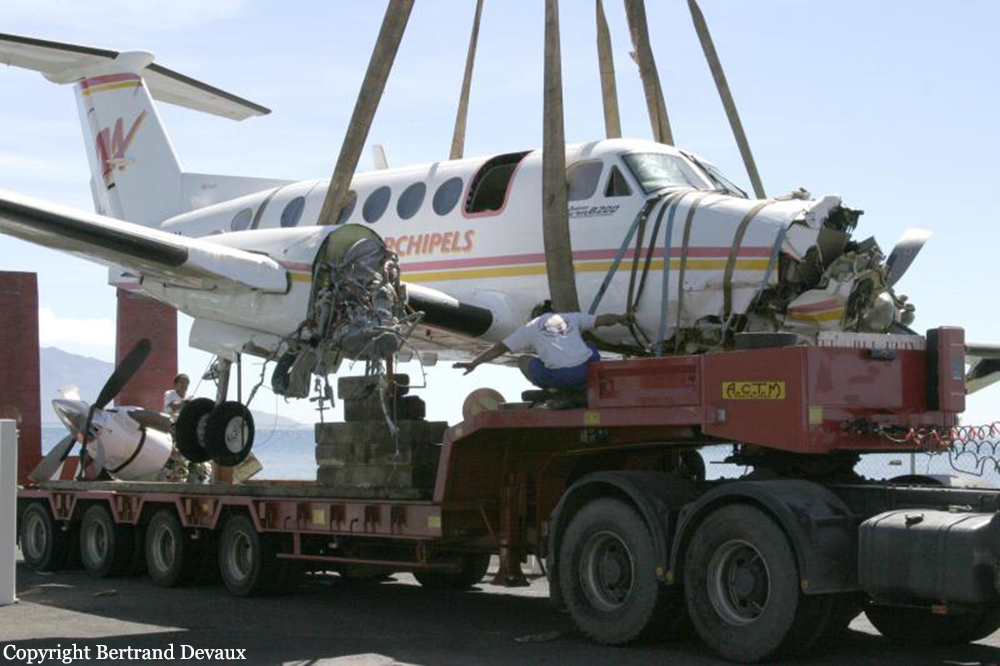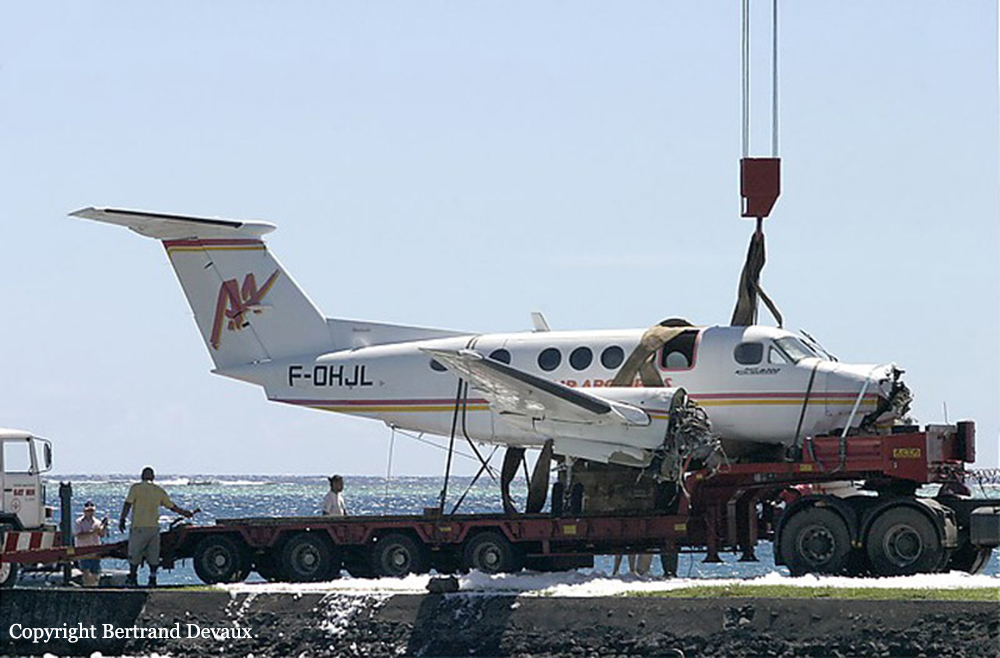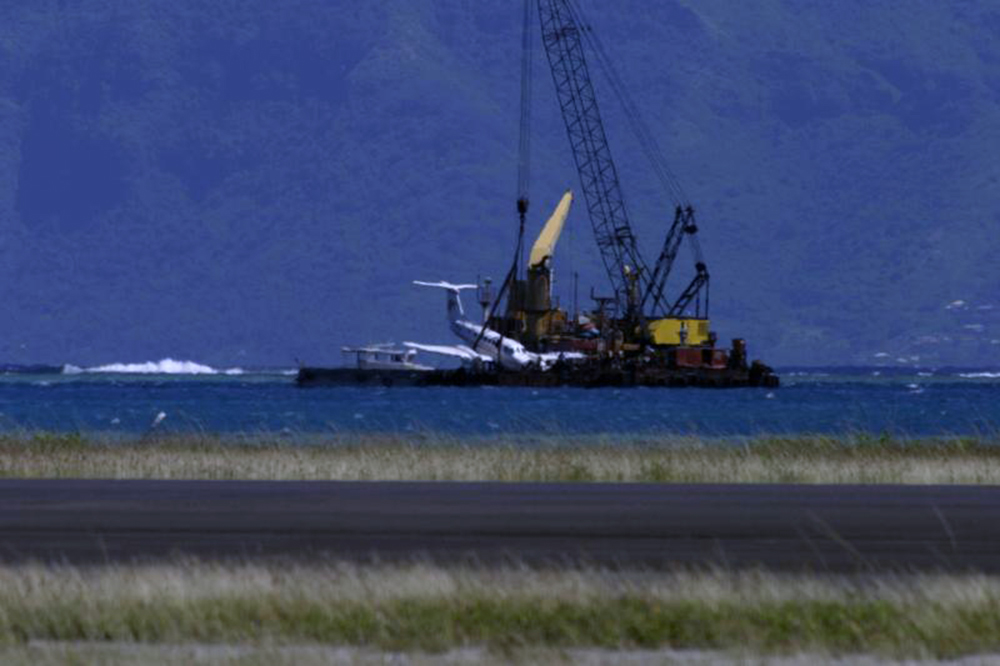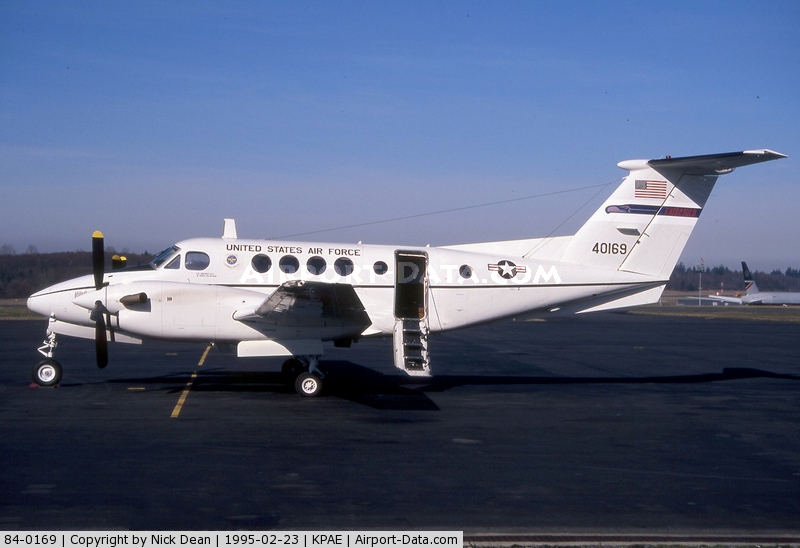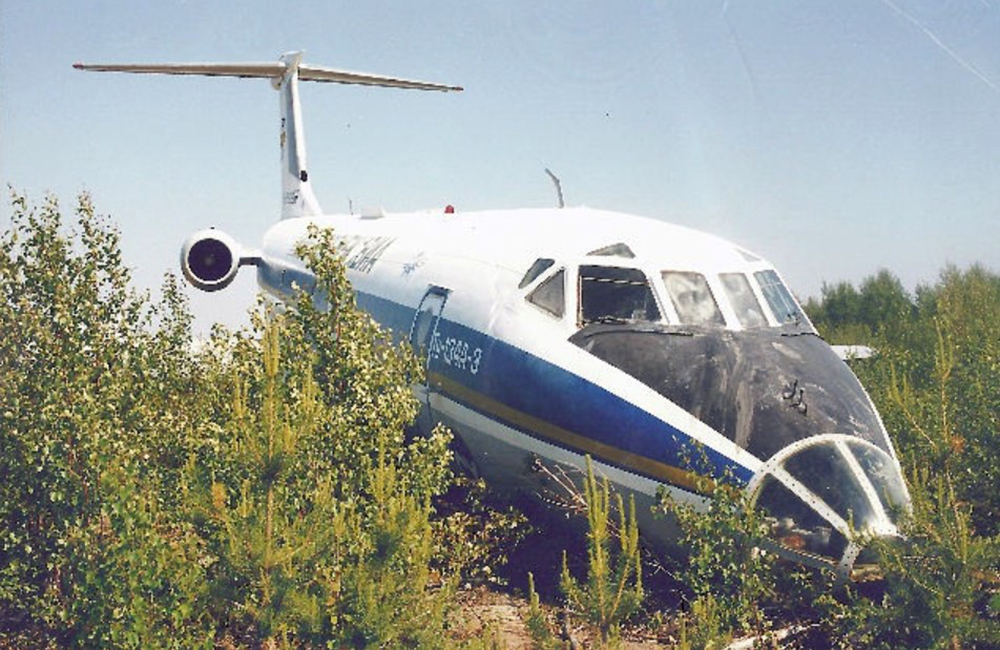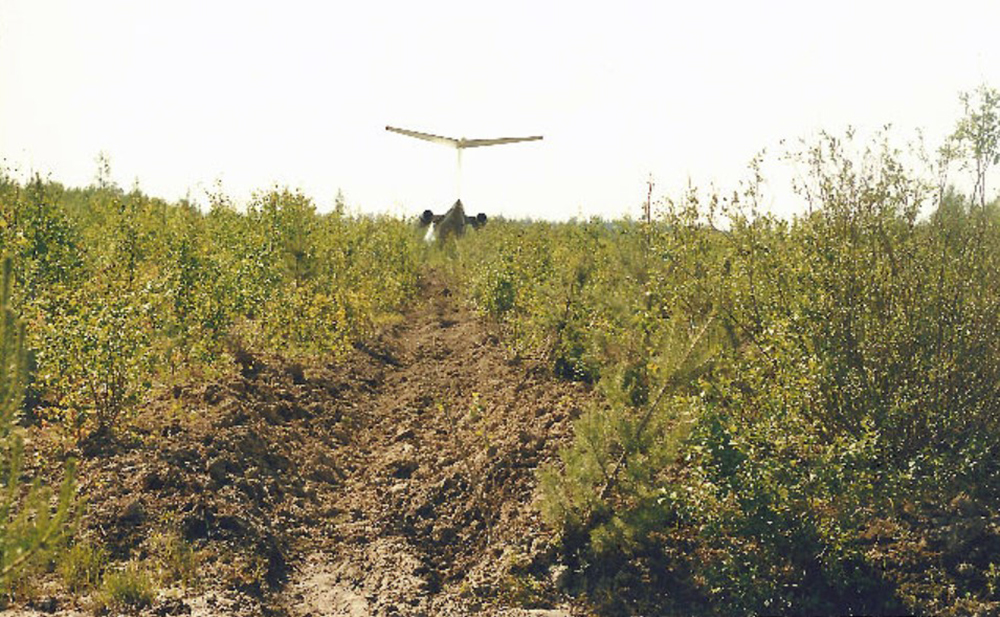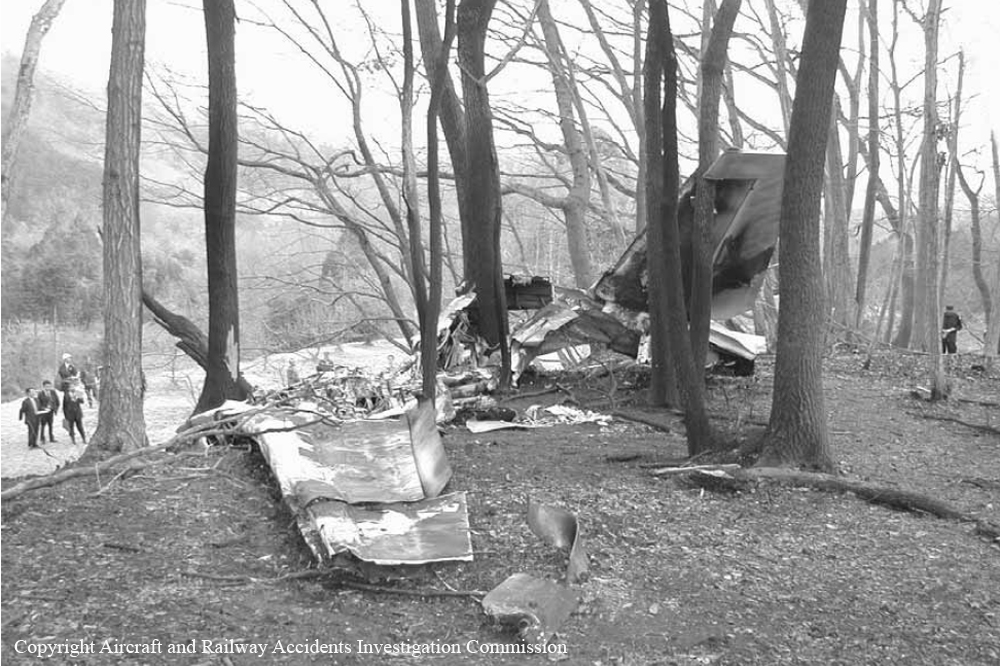Crash of a Piper PA-61P Aerostar (Ted Smith 601) in Sinton
Date & Time:
Aug 4, 2005 at 0800 LT
Registration:
N15BA
Survivors:
Yes
Schedule:
Sinton - Sinton
MSN:
61-0382-126
YOM:
1977
Crew on board:
1
Crew fatalities:
Pax on board:
0
Pax fatalities:
Other fatalities:
Total fatalities:
0
Captain / Total hours on type:
20.00
Aircraft flight hours:
3943
Circumstances:
After takeoff for a maintenance check flight, both engines on the twin-engine airplane experienced a loss of engine power. The 7,200-hour pilot had recently purchased the airplane, which had not been flown for nearly four years. The pilot, who is also a certificated airframe and powerplant mechanic, completed the inspection of the airplane prior to takeoff. During the engine run-up, the pilot noticed that the RPM and manifold pressure on the left engine did not correspond with those of the right engine. During the takeoff roll, the pilot believed the RPM on both engines began to rise to near acceptable levels, but not entirely. However, he did not abort the takeoff. The airplane became airborne for a short time, and then began to descend into trees before impacting the ground. The reason for the reported loss of engine power could not be determined.
Probable cause:
The pilot's failure to abort the takeoff and the subsequent loss of engine power for undetermined reasons. Contributing factors were the attempted operation of the airplane with known deficiencies in the equipment and the lack of suitable terrain for the forced landing.
Final Report:



